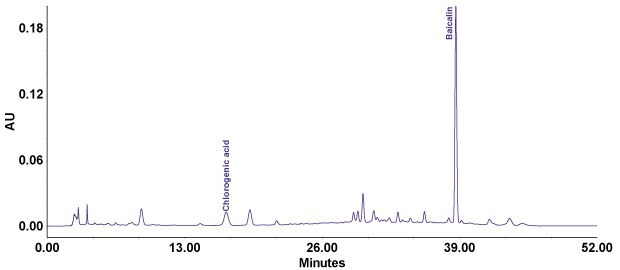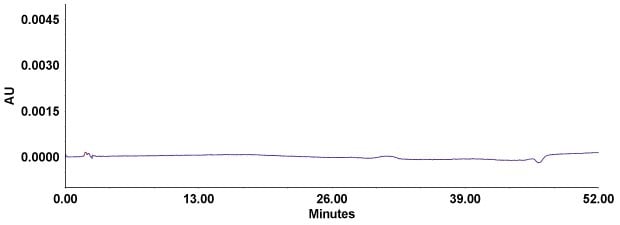Determination of Chlorogenic acid and Baicalin in compounded Lonucerae Japonicae Flos acc. Chinese Pharmacopeia using a Purospher® STAR RP-18e Column
Dean Duan
MilliporeSigma, Application Scientist, China application lab, Shanghai, China
Introduction
Compounded Lonucerae Japonicae Flos is a kind of Traditional Chinese Medicine (TCM). It has the effects of heat-clearing and detoxicating, also of cooling blood and detumescence.
In this application, one Chinese pharmacopeia 2020 monograph method was validated using a Purospher® STAR RP-18 endcapped HPLC column.
The limit of detection (LOD) and the limit of quantitation (LOQ) were found to be 0.06 µg/mL and 0.017 µg/kg, respectively, for chlorogenic acid, while the limit of detection (LOD) and the limit of quantitation (LOQ) were 0.29 µg/mL and 0.87 µg/kg, respectively, for baicalin. The method can be used for determination of chlorogenic acid and baicalin in compounded Lonucerae Japonicae Flos.
Section Overview

Figure 1a.Chemical structures of chlorogenic acid.

Figure 1b.Chemical structures of baicalin.

Figure 2.Chromatogram of chlorogenic acid and baicalin standard solution.

Figure 3.Chromatogram of compounded Lonucerae Japonicae Flos.

Figure 4.Chromatogram of solvent blank.
Chromatograms at 326 nm for baicalin

Figure 5.Chromatogram of chlorogenic acid and baicalin standard solution.

Figure 6.Chromatogram of compounded Lonucerae Japonicae Flos.

Figure 7.Chromatogram of solvent blank.
Specificity and Repeatability
Calibration
Calibration data – chlorogenic acid

Figure 8.Calibration curve of chlorogenic acid.
Calibration data – baicalin

Figure 9.Calibration curve of baicalin.
Conclusion
The Chinese pharmacopeia 2020 monograph method was reproduced using a using a Purospher® STAR RP-18 endcapped HPLC column. The limit of detection (LOD) and the limit of quantitation (LOQ) were found to be 0.06 μg/mL and 0.17 μg/mL, respectively, for chlorogenic acid, while the limit of detection (LOD) and the limit of quantitation (LOQ) were 0.29 μg/mL and 0.87 μg/mL, respectively, for baicalin. The method can be used for determination of chlorogenic acid and baicalin in compounded Lonucerae Japonicae Flos according to the Chinese pharmacopoeia 2020.
To continue reading please sign in or create an account.
Don't Have An Account?